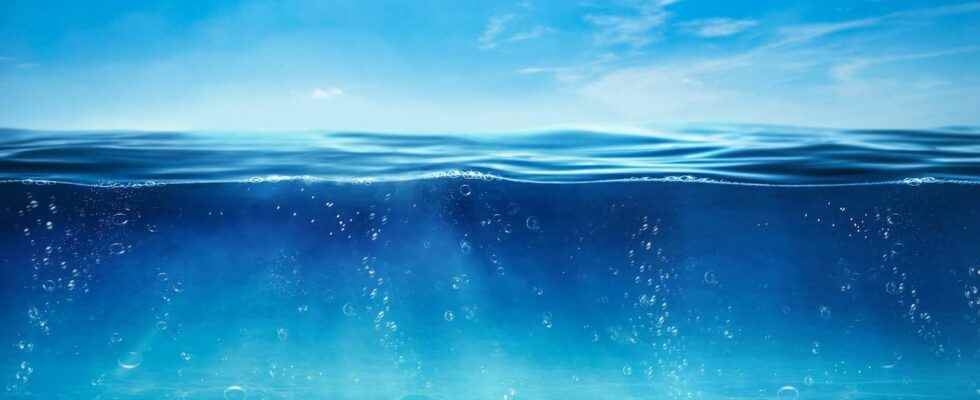By measuring the salinity of the oceans and its evolution in connection with global warming, an Australian university is trying to improve rainfall forecasts in certain regions of the world.
You will also be interested
[EN VIDÉO] The worrying warming of the oceans In 2020, the oceans absorbed the equivalent of 20 sextillion joules. Not since 1955 has the temperature of the ocean been so high.
A new Australian study from the University of New South Wales (UNSW Sydney) published in Nature shows that the water cycle is upset by the global rise in temperatures linked to climate change. The water cycle is the natural course between the great reservoirs of water on our planet. This water, present in several forms (liquid, solid or carbonated) travels between oceansI’atmospherethe glaciers, groundwater, rivers and lakes. It’s’energy from Sun who is at the origin of this course, by promoting water evaporation and therefore its displacement. The oceans are the largest reservoir of water on our planet and they are the source of 77 to 85% of global evaporation and precipitation on Earth. These exchanges have an influence on the salinity of the ocean. The salinity of the oceans is determined by the balance between what enters the ocean and what leaves the ocean.
This water cycle, in which water from the oceans is transported to land, makes our environment habitable and our soil fertile. It is therefore essential to balance on Earth. But the global warming helps to reinforce the extremes: water from dry areas moves to areas that are already wet, worsening droughts and aggravating heavy rains in wet areas.
Fresh water is increasingly evaporating from the oceans
Using the CMIP6 model (Sixth Climate Model Intercomparison Project), the Australian university managed to estimate the amount ofpure water which moved from the equator to reach the poles between 1970 and 2014. The study shows that between two and four times more fresh water than previously thought was transported from the oceans warm to cold oceans. Rather than measuring the amount of precipitation that has fallen on an area, as has been done in the past, the researchers preferred to measure the degree of salinity of several ocean regions. In warm regions, evaporation lets fresh water escape from the oceans, making these oceans saltier. the water cycle then takes this fresh water to the coldest regions, where this water falls in the form of rain, especially on the “cold” ocean, making it less salty. The oceans of warm regions are therefore much saltier than those of cold regions, and this phenomenon is accentuated with global warming. weather. Scientists estimate that between 1970 and 2014, 46,000 to 77,000 cubic kilometers of fresh water were transported from the equator to the poles, at least twice as much as previously estimated.
Assessing ocean salinity helps improve climate predictions
The longer term goal of this study? Improve the reliability of the models of climate forecast and try to determine the consequences on the biodiversity and theAgriculture of the regions concerned: by determining more precisely the quantity of fresh water which escapes from the oceans, scientists can better estimate the quantity of rain which is likely to fall on a region. The Australian team estimates that within 10 to 20 years, current data on ocean salinity and freshwater transport will be able to predict more accurately the evolution of rainfall and its consequences on Earth.
Interested in what you just read?
